Liberian Food Dishes: Basic Overview
Common Ingredients
Common Cooking Methods
Courses
Meals
Key Taste
Eating Etiquette
Meal Presentation
Culinary Festivals
Influence and Fusion
Popular Types of Liberian Dishes
-
Stews
In Liberian cuisine, stews often incorporate a base of palm oil, tomatoes, onions, and spices.
Meat is a central ingredient, with chicken, beef, and fish commonly used.
The stew is typically simmered to perfection, and often served with starchy sides like rice, yams, or plantains.
-
Soups
Liberian soups range from spicy and brothy to thick and nutty.
Ingredients like chili peppers, scent leaves, and various meats or fish are common, providing a complex and layered taste profile.
Liberian dishes are common culinary delights widely enjoyed in Liberia, a country in West Africa. These dishes blend indigenous traditions with influences from American delicacies + (American dishes), European culinary creations, and African specialties.
Liberian cuisine centers on staples like rice, cassava, and plantains, with rice being particularly significant in various dishes. Cassava is versatile, used both as flour and in fried forms.
The cuisine features stews, soups, rice dishes, meats such as chicken, beef, and fish, and vegetables like okra and spinach.
Jollof rice is an essential dish that combines rice with spices, vegetables, and meat or fish. Flavors are rich, often spicy and savory, with spices, hot peppers, and palm oil adding depth.
Cooking methods include boiling, frying, and stewing. Meals are central to family and community life, served on large platters to encourage sharing.
I’m excited to dive into Liberia’s famous dishes, uncover the secrets of its traditional cuisine, discuss why it’s loved worldwide, and discuss its health perks. I’ll also touch on dining etiquette and share some tips for matching dishes with the perfect drinks.
Ready to begin?
12 Popular Liberian Dishes with Filters
Here are 12 of Liberia’s most famous dishes, sorted by their popularity. You can use the filter option to explore different ingredients, tastes, cooking styles, meal types, and times. Dive into everything from traditional recipes and national favorites to street eats.
Jollof Rice
- Street Food
- Traditional
Jollof rice is a beloved one-pot dish in Liberia, known for its vibrant color and rich flavors. While it’s a staple across West Africa, the Liberian version distinguishes itself with its blend of spices and ingredients, including local fish or meat.
It’s famous for its spicy and savory taste, often featuring a delightful mix of tomatoes, onions, and bell peppers.
Jollof rice is a celebration food frequently served at weddings, festivals, and other important gatherings.
Fufu
- Street Food
- Traditional
Fufu is a traditional West African dish popular in Liberia. It’s a thick, dough-like food made by boiling and pounding starchy vegetables such as cassava, yams, or plantains.
Fufu is favored for its texture and the way it complements the flavors of the soups and stews it’s served with.
This dish represents Liberian hospitality and communal eating, often enjoyed with hands in a shared meal setting.
The taste of fufu is quite mild, making it the perfect accompaniment to more flavorful and spicy Liberian dishes.
Puff-puff
- Street Food
Puff-puff is a street food snack in Liberia and West Africa. This dish consists of deep-fried dough balls that are soft and spongy on the inside and golden brown on the outside.
The taste of puff-puff is sweet, often enjoyed as a treat or a quick snack at various times. It’s made from a simple batter of flour, sugar, yeast, and water, sometimes with a hint of nutmeg for an extra flavor kick.
Puff-Puff is particularly popular at celebrations and gatherings, where guests enjoy it as a tasty finger food.
Dumboy
- National
- Traditional
Dumboy is a national Liberian dish made from pounded cassava, transformed into a dense, sticky dough and often served with a flavorful soup or stew. The unique texture of dumboy is what sets it apart, offering a filling and comforting eating experience.
Its taste is quite neutral, making it a versatile companion to the more spiced and aromatic Liberian dishes it accompanies. Dumboy is deeply embedded in Liberian culture, playing a significant role in daily meals, special occasions, and ceremonies.
Pepper Soup
- Street Food
- Traditional
Pepper soup is a West African delicacy known for its spicy, light, and watery texture, combining a variety of meats or fishes with chili peppers, scent leaves, and calabash nutmeg.
Despite its spice, the soup’s flavors are complex, including nutty, bitter, and floral notes. It’s enjoyed across Western Africa, including Liberia, for its believed medicinal qualities and is often served to new mothers and after weddings for its health benefits.
Okro Soup
- Street Food
- Traditional
Okro soup, celebrated as a vibrant staple across West Africa, including Liberia, Nigeria, Ghana, and Cameroon, is a traditional dish made with the delicious okra vegetable.
This soup stands out in Liberian cuisine for its rich mix of shrimp, goat meat, fish, and African spices. Liberian Okro Soup is often enjoyed with rice, showcasing the country’s love for hearty, comforting meals that speak to its cultural diversity and culinary traditions.
Palaver Sauce
- Street Food
- Traditional
Palaver Sauce, a traditional West African stew, is known by names like kontonmire and nkontommire in Ghana, Liberia, Sierra Leone, and Nigeria. It’s a blend of beef, fish, shrimp, pepitas, cassava, taro leaves, and palm oil, with variations like molokhia leaves in Liberia.
The preparation involves frying meat in palm oil, adding onions, peppers, chili, fish, vegetables like spinach or okra, and spices, simmered until reduced.
In Liberia, it combines jute leaves, dry fish, meat, chicken, palm oil, and spices, making it a flavorful dish with cultural significance, often served with fufu or rice.
Liberian Peanut Soup
- Street Food
- Traditional
Liberian peanut soup is a traditional dish blending peanuts, beef, chicken, onions, bell peppers, and okra, flavored with chicken stock, spices, and optional dried fish for a nutty and rich taste.
Served hot, typically with rice, it is a staple for any meal. The cooking process includes simmering the ingredients until tender, then adding peanut butter to thicken and flavor the soup.
Collards and Cabbage
- Traditional
Collards and cabbage is a Liberian dish combining collard greens and cabbage with onions, red pepper, black pepper, and optional bacon.
It’s nutritious, offering vitamins, calcium, manganese, and fiber. Variations include adding tomatoes or bell peppers for flavor and color, using smoked turkey or tofu as lighter alternatives to bacon, and incorporating beans or lentils for extra protein and fiber.
Serve it as a side with grilled meats or as a main with cornbread, enhancing flavors with hot sauce or vinegar.
Liberian Chicken Gravy
- Traditional
Liberian chicken gravy is a traditional stew, celebrated especially for its rich, meaty flavor reserved for special occasions in Liberia due to the cost of meat.
This stew combines chicken with vegetables like green beans, bell peppers, tomatoes, onions and is simmered in a savory chicken stock.
Liberian Cabbage Stew
- Street Food
- Traditional
Liberian cabbage stew is a traditional dish from Liberia, rich in flavors and nutrients. It combines cabbage with chicken, beef, and various spices, cooked perfectly in vegetable oil.
This hearty stew is typically served alongside starchy sides like yams, plantains, or rice, making it a comforting and satisfying meal.
Liberian Rice Bread
- Street Food
- Traditional
Liberian rice bread is a traditional dish appreciated for its distinct flavor and texture, often served as a favorite among various local bread varieties in Liberia.
The bread is crafted using country rice, which is finely ground, and then mixed with ripe mashed plantains, eggs, and a blend of other ingredients like butter, baking soda, sugar, salt, and ginger for added flavor.
What Is Liberian Dining Etiquette?
Liberian dining etiquette is a fascinating fusion of traditional customs and modern influences, mirroring the nation’s rich cultural fabric and societal values. Here’s an overview of key practices:
Next, let’s see how drinks and dishes complement each other in Liberian cuisine.
Which Beverages Best Pair with Liberian Dishes?
Here are some beverages that might complement Liberian dishes well:
When choosing a beverage to pair dishes, consider the balance of flavors and how the Liberian drinks can complement or contrast with the dish for an enjoyable dining experience.
Which Liberian dish are you most excited to try? Comment on some words to let me know. Additionally, feel free to like and share the article to your family and friends. Thank you for your time!




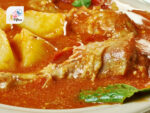
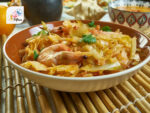
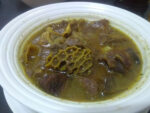
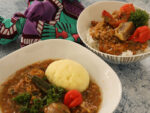
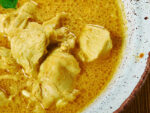
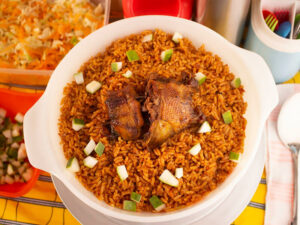
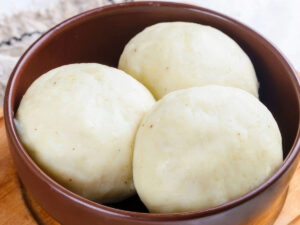
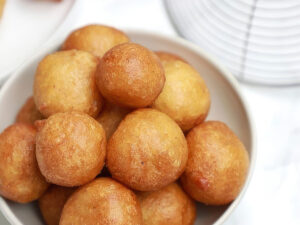
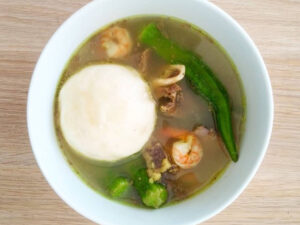
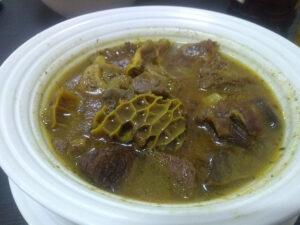
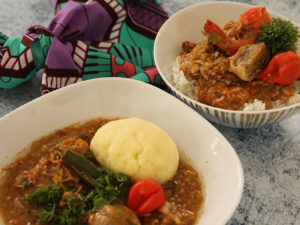
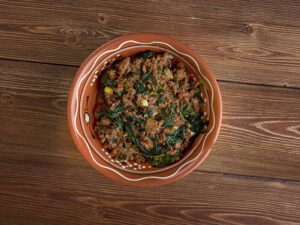
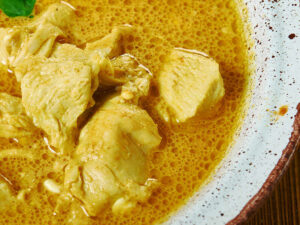
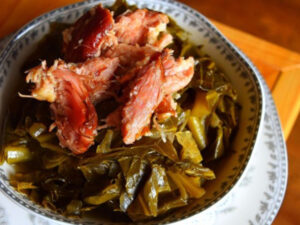
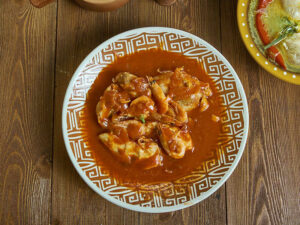
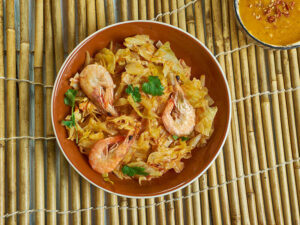
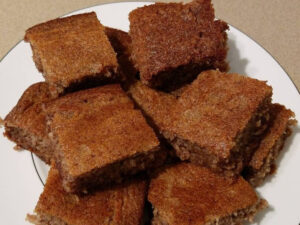
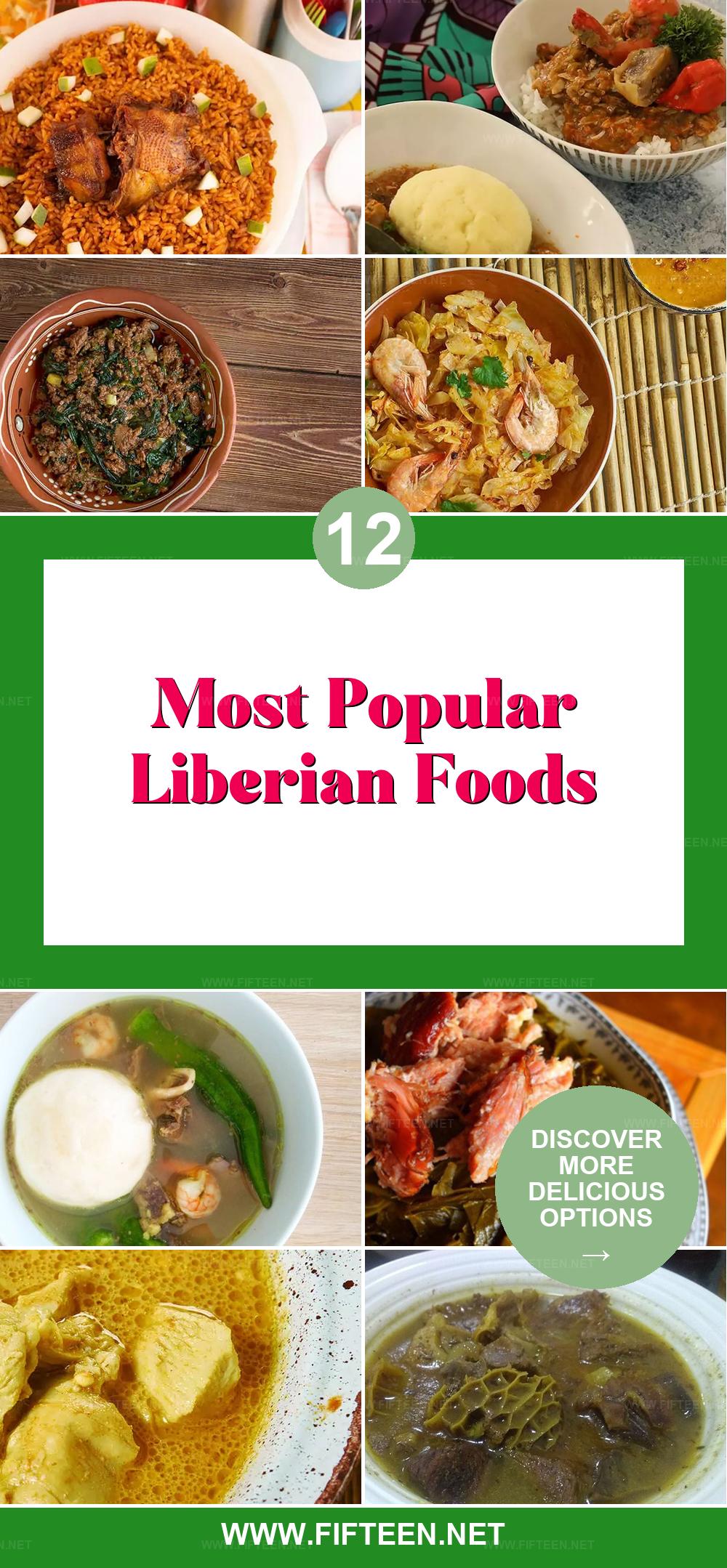
Jamie Scott
Editor in Chief, Senior Content Writer
Expertise
Home Cooking, Meal Planning, Recipe Development, Baking and Pastry, Food Editor, Cooking-video Maker, Western Food Evaluation Expert
Education
Le Cordon Bleu College of Culinary Arts
Local Community College, New York, NY
Jamie Scott is a skilled culinary expert and content creator specializing in Western cuisine. With over 15 years in the culinary field and formal training from Le Cordon Bleu, Paris, Jamie deeply understands how to blend nutrition with delicious flavors. His passion for cooking matches his commitment to making healthy eating accessible and enjoyable.
On Fifteen.net, Jamie brings a fresh perspective to classic dishes and beverages, offering readers insightful recipes, cooking tips, and a fresh view on meal planning that emphasizes taste, health, and simplicity.